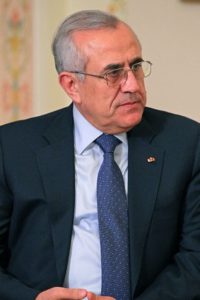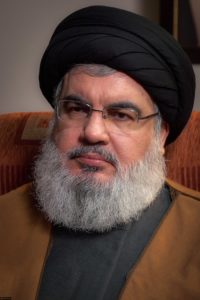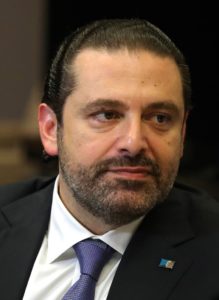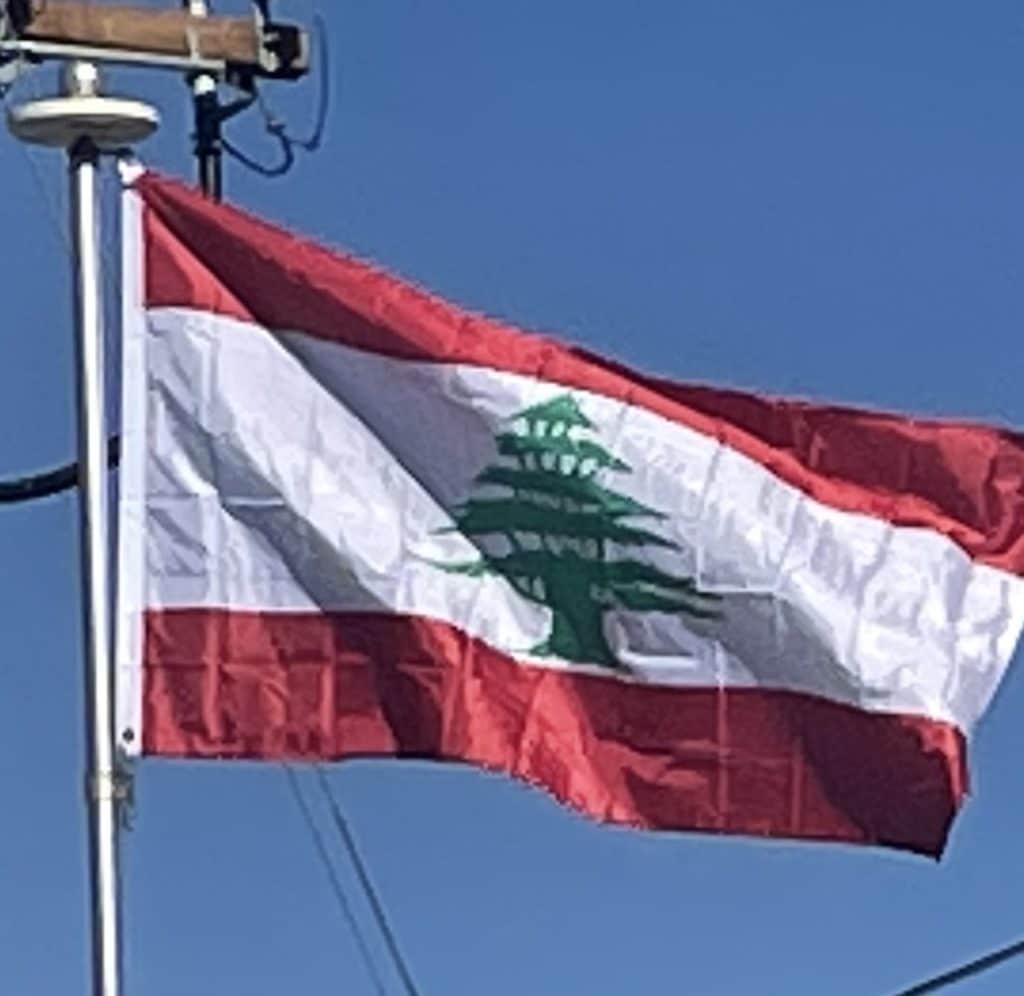On 9 May 2008, Hezbollah and Amal forces, sparked by a government declaration that Hezbollah’s communications network was illegal, seized western Beirut, leading to the 2008 conflict in Lebanon. The Lebanese government denounced the violence as a coup attempt. At least 62 people died in the resulting clashes between pro-government and opposition militias. On 21 May 2008, the signing of the Doha Agreement ended the fighting. As part of the accord, which ended 18 months of political paralysis, Michel Suleiman became president and a national unity government was established, granting a veto to the opposition. The agreement was a victory for opposition forces, as the government caved in to all their main demands.

In early January 2011, the national unity government collapsed due to growing tensions stemming from the Special Tribunal for Lebanon, which was expected to indict Hezbollah members for the Hariri assassination. The parliament elected Najib Mikati, the candidate for the Hezbollah-led March 8 Alliance, Prime Minister of Lebanon, making him responsible for forming a new government. Hezbollah leader Hassan Nasrallah insists that Israel was responsible for the assassination of Hariri. A report leaked by the Al-Akhbar newspaper in November 2010 stated that Hezbollah has drafted plans for a takeover of the country in the event that the Special Tribunal for Lebanon issues an indictment against its members.

In 2012, the Syrian civil war threatened to spill over in Lebanon, causing more incidents of sectarian violence and armed clashes between Sunnis and Alawites in Tripoli. According to UNHCR, the number of Syrian refugees in Lebanon increased from around 250,000 in early 2013 to 1,000,000 in late 2014. In 2013, The Lebanese Forces Party, the Kataeb Party and the Free Patriotic Movement voiced concerns that the country’s sectarian based political system is being undermined by the influx of Syrian refugees. On 6 May 2015, UNHCR suspended registration of Syrian refugees at the request of the Lebanese government. In February 2016, the Lebanese government signed the Lebanon Compact, granting a minimum of €400 million of support for refugees and vulnerable Lebanese citizens. As of October 2016, the government estimates that the country hosts 1.5 million Syrians.
2019–2020 Crisis:
On 17 October 2019, the first of a series of mass civil demonstrations erupted; they were initially triggered by planned taxes on gasoline, tobacco and online phone calls such as through WhatsApp, but quickly expanded into a country-wide condemnation of sectarian rule, stagnant economy, unemployment, endemic corruption in the public sector, legislation (such as banking secrecy) that is perceived to shield the ruling class from accountability and failures from the government to provide basic services such as electricity, water and sanitation.

As a result of the protests, Lebanon entered a political crisis, with Prime Minister Saad Hariri tendering his resignation and echoing protestors’ demands for a government of independent specialists. Other politicians targeted by the protests have remained in power. On 19 December 2019, former Minister of Education Hassan Diab was designated the next prime minister and tasked with forming a new cabinet. Protests and acts of civil disobedience have since continued, with protesters denouncing and condemning the designation of Diab as prime minister. Lebanon is suffering the worst economic crisis in decades. Lebanon is the first country in the Middle East and North Africa to see its inflation rate exceed 50% for 30 consecutive days, according to Steve H. Hanke, professor of applied economics at the Johns Hopkins University. On August 4th of 2020, an explosion at the port of Beirut, Lebanon’s main port, destroyed the surrounding areas, killing more than 200 people, and injuring thousands more.
